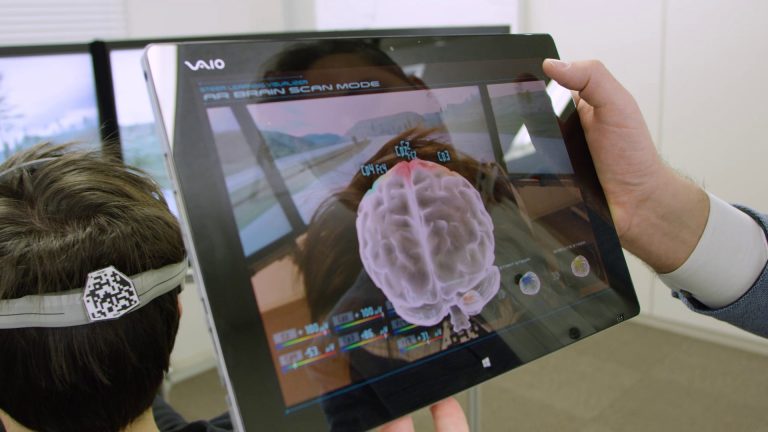
The aim of this project is to develop an in-Car Brain Machine Interface system with the purpose of modeling driver’s fluctuations of attention and to assess whether objects the driver scans catch his attention.
The project is a follow-up of the application of Brain Machine Interface (BMI) technology to ease the interaction with intelligent cars in order to enhance the driving experience. EPFL previous research results will be adapted and applied to a driving task in the driving simulator and also to real vehicle driving in order to perform an assessment of the applicability to real time situations.
EPFL will develop a BMI system that can detect from brain activity fluctuations patterns with regard to certain areas of the driving environment and also general trends. The correlations between these patterns and driving events such as lane changes, turning at intersection, changes in traffic amount/speed etc. will be assessed. Finally, the predictability of such events by attention fluctuation and environment changes combination will be evaluated. The researchers will also explore a BMI system that can detect the objects from the front view of a driving scene toward which the driver shows interest.
This four-year research is conducted by the Chair in Non-Invasive Brain-Machine Interface (CNBI), directed by Prof. José del R. Millán. The CNBI has an internationally recognized expertise in the direct use of human brain signals to control devices and interact with our environment. This project has been sponsored by Nissan.
| Principal investigator | Prof. José del R. Millán |
|---|---|
| Sponsor | Nissan |
| Period | 2015-2019 |
| Laboratory | CNBI |